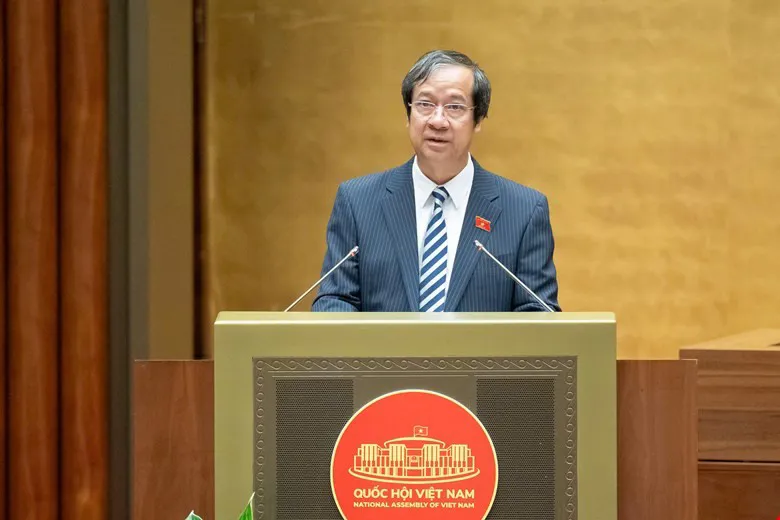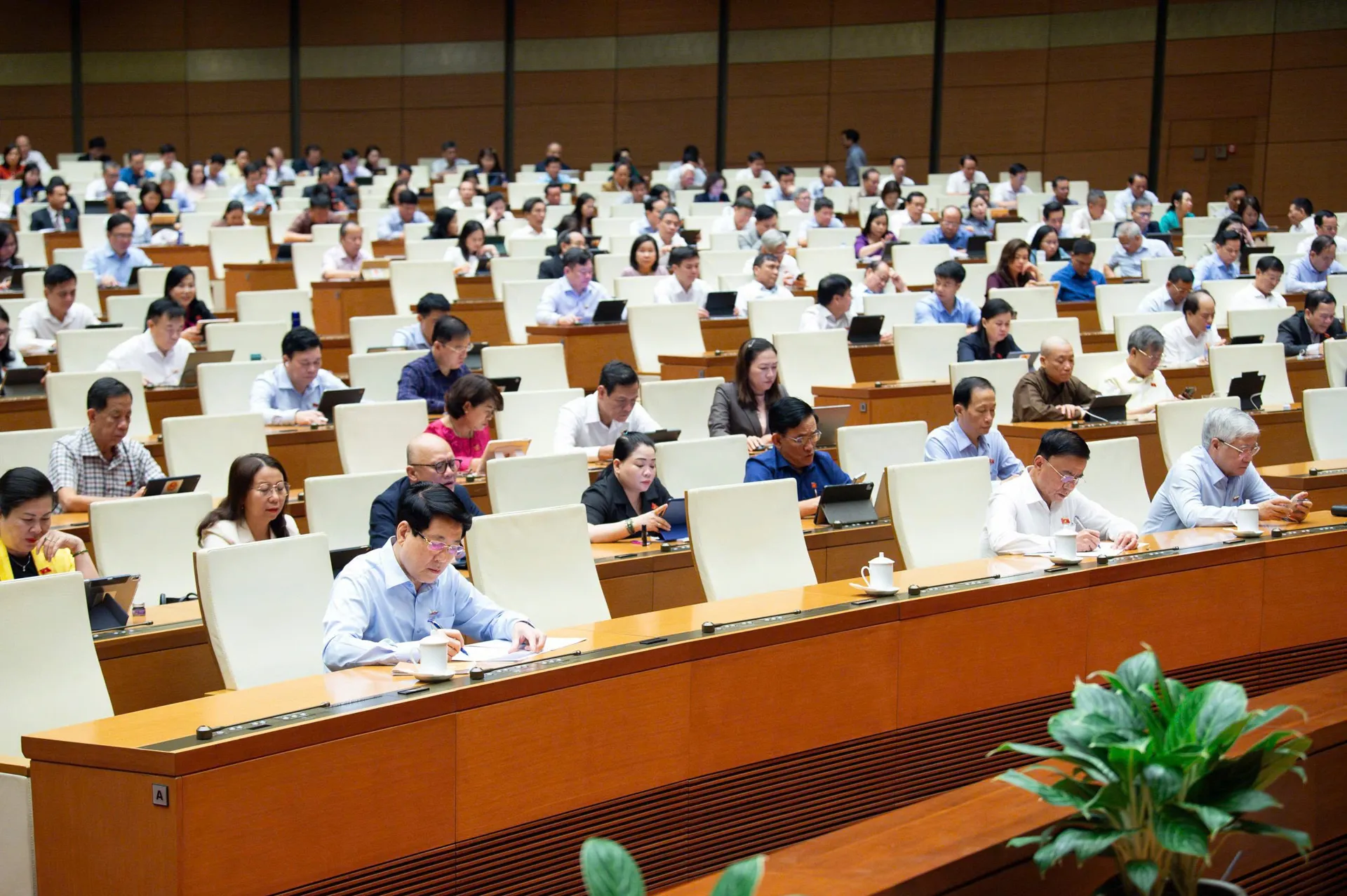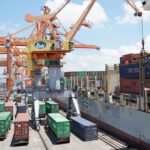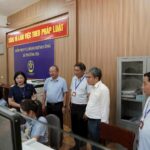
During the working session on the morning of October 22, the Minister of Education and Training presented three draft laws: the Law amending and supplementing a number of articles of the Education Law; the Higher Education Law (amended); and the Vocational Education Law (amended).
According to the Minister, these three draft laws are closely interrelated and were developed synchronously to institutionalize in a timely manner the major policies and orientations of the Party, particularly Resolution No. 71-NQ/TW of the Politburo on making breakthroughs in education and training development; along with key resolutions on science and technology, innovation, digital transformation, international cooperation, development of the private sector economy, and renovation of legal construction and enforcement work.
“This is a necessary step to remove ‘bottlenecks’ in the field of education and training; enhancing the autonomy of educational institutions while ensuring quality, effectiveness, and efficiency, and simultaneously meeting new requirements for decentralization, administrative procedure reform, streamlining the organizational apparatus, and implementing the two-tier local government model,” the Minister emphasized.
Clarifying the direction for student tracking after lower secondary education
The draft Law amending and supplementing a number of articles of the Education Law focuses on four main groups of content, including institutionalizing the Party’s major policies, particularly Resolution 71-NQ/TW of the Politburo, which stipulates that lower secondary education is compulsory and universalizes preschool education for children aged 3-5; adding principles on science and technology policy and digital transformation, such as building a national education database, applying controlled artificial intelligence, issuing a unified national textbook set, and simultaneously not establishing school boards in public educational institutions.

Addressing practical obstacles, such as adding vocational high school at the same level as general high school; clarifying the direction for student tracking after lower secondary education; separating local educational materials from textbooks and delegating the authority for compilation and approval to localities; stipulating that diplomas and certificates can be issued in paper, electronic, or digital form; adding educational support services that do not overlap with activities funded by the state budget.
The draft Law clearly demonstrates the spirit of decentralization in state management, transferring many powers from the central level to localities and educational institutions: from the National Assembly and the Government to the Ministry of Education and Training, and then to People’s Committees at all levels, aiming to create proactiveness, flexibility, and reduce administrative layers.
The draft Law affects 69 out of 126 current administrative procedures, aiming for streamlining, digitalization, and strong decentralization. Many procedures, such as issuing lower secondary graduation diplomas, are abolished, with principals authorized to confirm program completion; procedures for establishing, merging, and dissolving educational institutions will be detailed at the decree level instead of being directly stipulated in the law.
Identifying vocational education as a pillar for developing a high-skilled workforce
The draft Vocational Education Law (amended) consists of 9 chapters and 42 articles, 37 articles fewer than the current law, reflecting the orientation towards streamlining, modernization, and granting comprehensive autonomy to vocational education institutions, regardless of their financial status.

The Law identifies vocational education as a pillar for developing a high-skilled workforce, prioritized in socio-economic development strategies. Regarding the system, it adds the type of vocational high school at the same level as general high school to enhance the effectiveness of student tracking, serving both universalization and meeting the demand for technical human resources.
The draft abolishes school boards in public vocational education institutions, while perfecting the linkage mechanism between schools and enterprises, encouraging businesses to participate in curriculum development, teaching, internships, and result assessment, associated with the establishment of an enterprise human resource training fund.
Approximately 30 out of 42 articles are amended, with many overlapping regulations removed to ensure legal consistency. Simultaneously, there are 6 new contents compared to the 2014 Law, notably including: recognition of accumulated learning outcomes and






